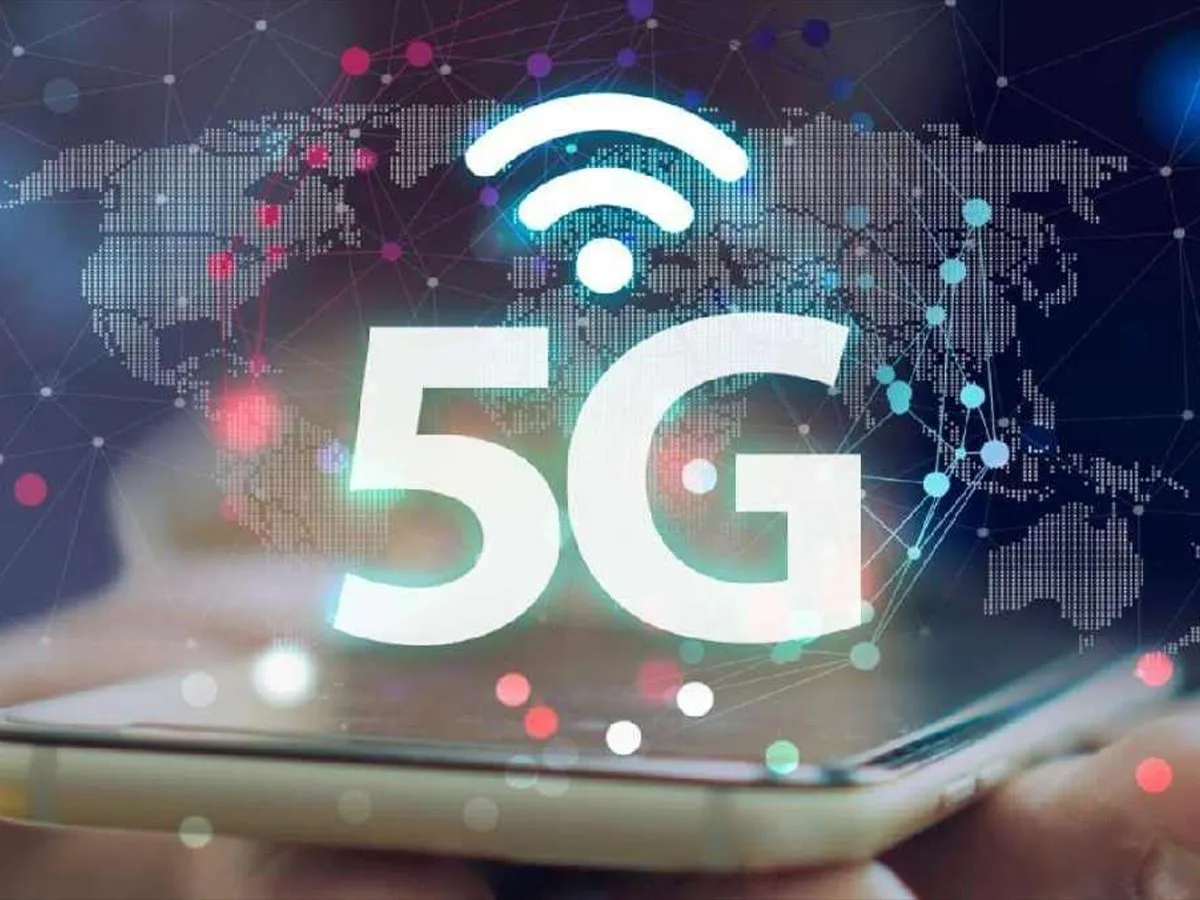Iranian Experts Use AI to Develop 5th Generation Networks

“With its advanced capabilities, this product provides the possibility of optimal management of network resources and the versatility of its configuration based on network conditions to maintain the quality of service for users,” said Zeynab Movahedi, the manager of the project named ‘artificial intelligence for the management and synchronization of cellular network services’.
“This product is considered a big step in the direction of smartization of cellular networks, which helps operators to provide more diverse services with higher quality to users by providing capabilities like high dynamism and efficiency, programmability and flexibility, and optimal and intelligent management of resources,” she added.
Movahedi underlined that the artificial intelligence-based product will significantly reduce the challenges in this field by providing smart solutions for managing and synchronizing cellular network services.
A cellular network or mobile network is a telecommunications network where the link to and from end nodes is wireless and the network is distributed over land areas called cells, each served by at least one fixed-location transceiver (such as a base station). These base stations provide the cell with the network coverage which can be used for transmission of voice, data, and other types of content.
A cell typically uses a different set of frequencies from neighboring cells, to avoid interference and provide guaranteed service quality within each cell.
When joined together, these cells provide radio coverage over a wide geographic area. This enables numerous portable transceivers (e.g., mobile phones, tablets and laptops equipped with mobile broadband modems, pagers, etc.) to communicate with each other and with fixed transceivers and telephones anywhere in the network, via base stations, even if some of the transceivers are moving through more than one cell during transmission.
4155/v





















